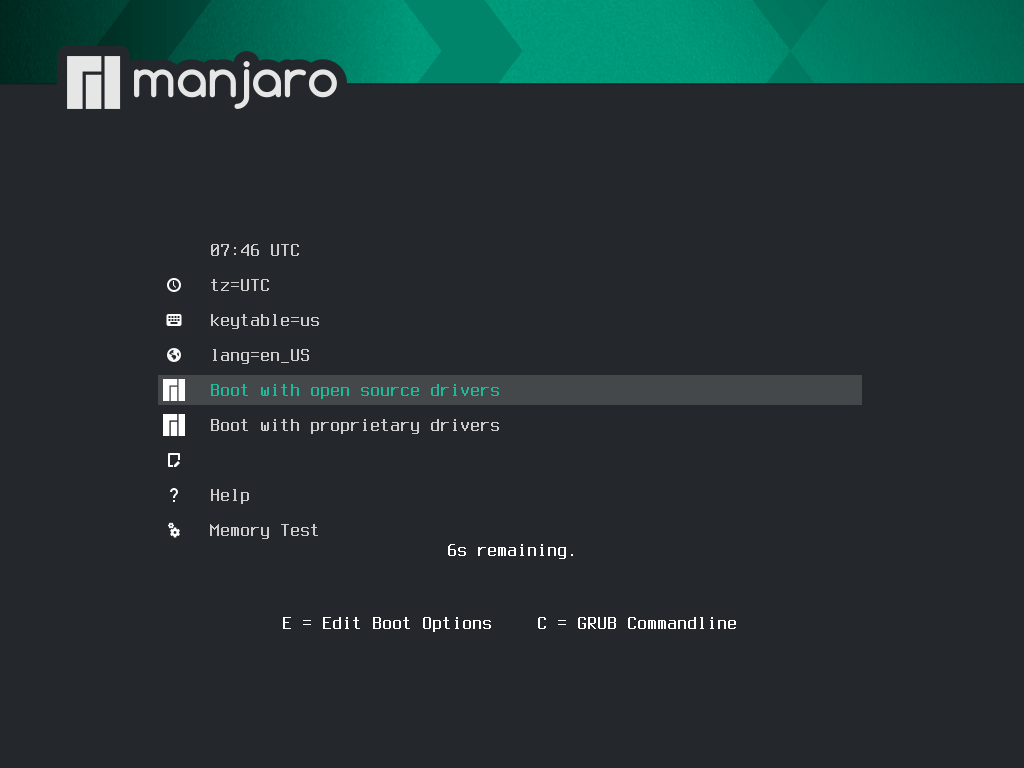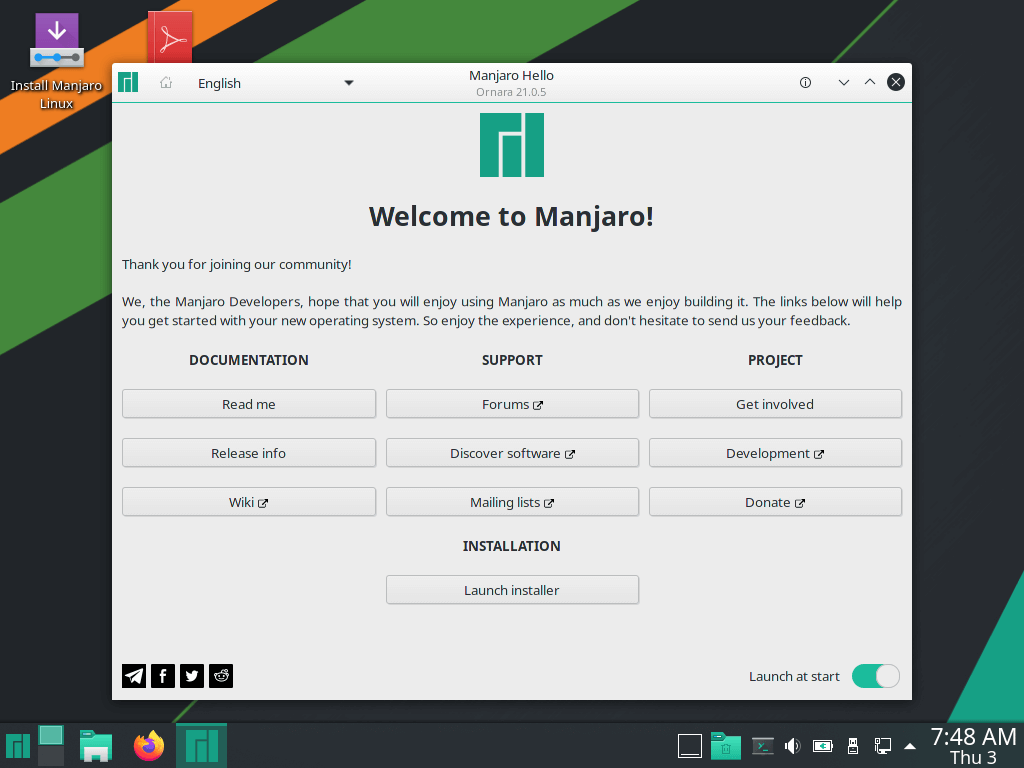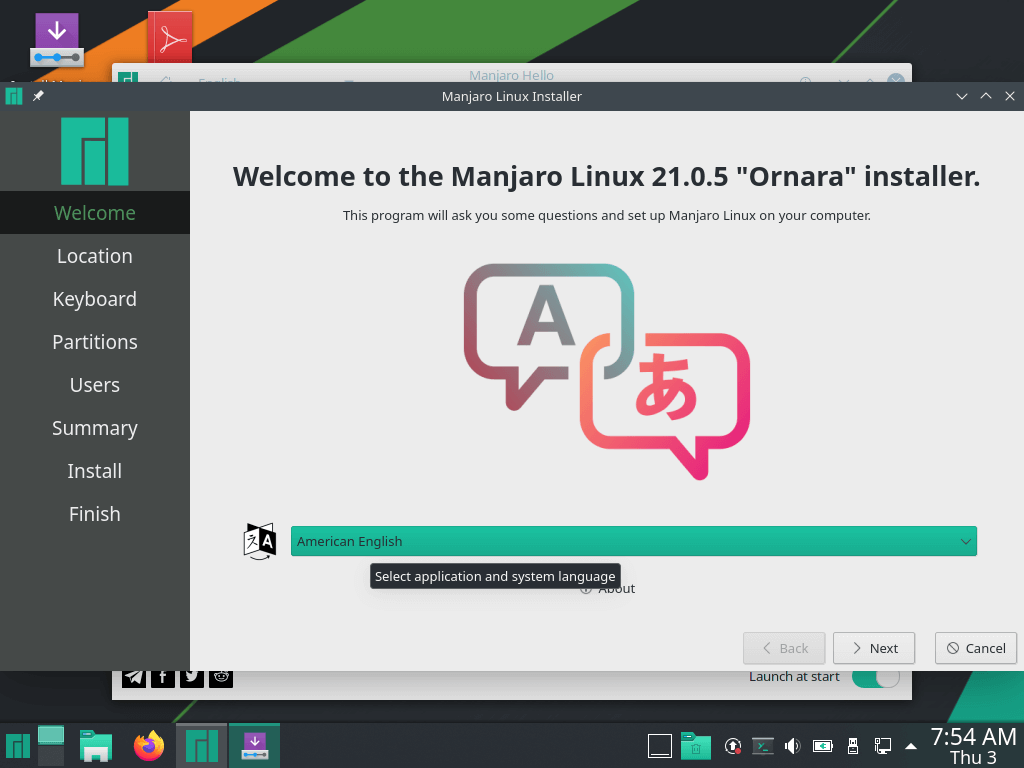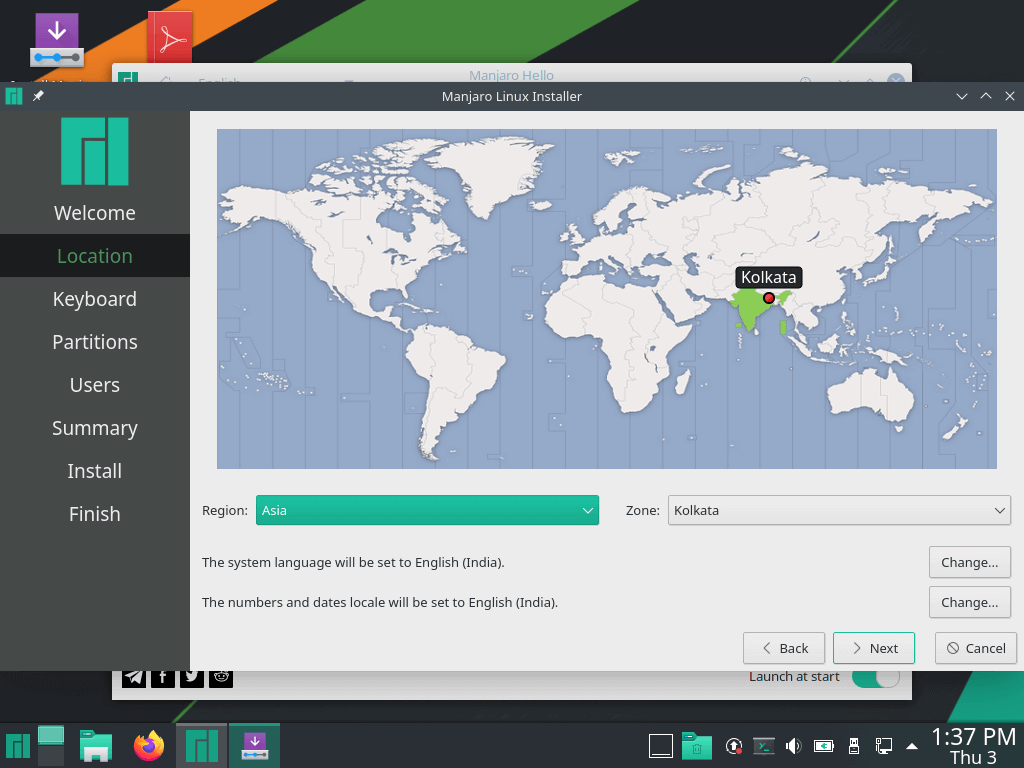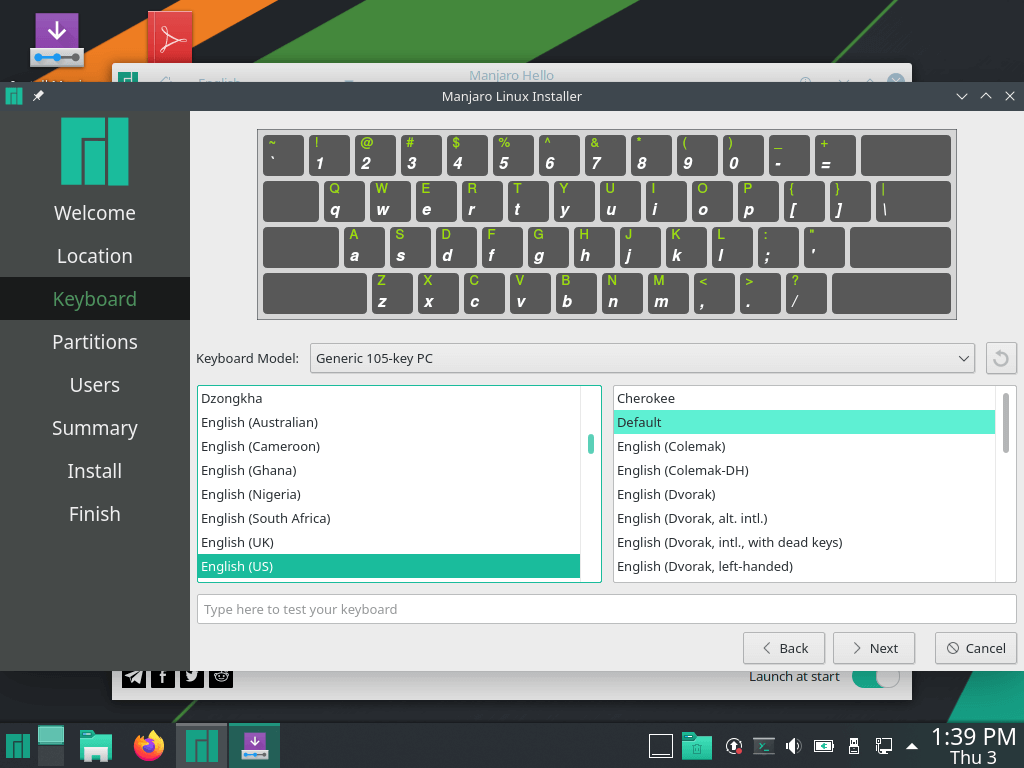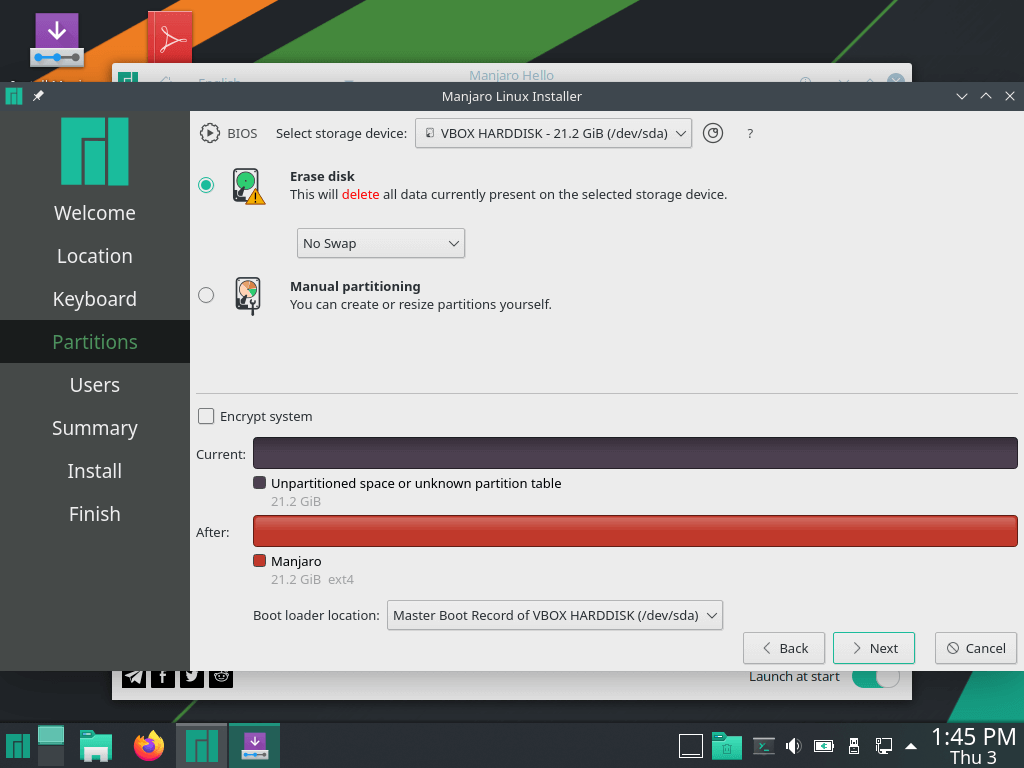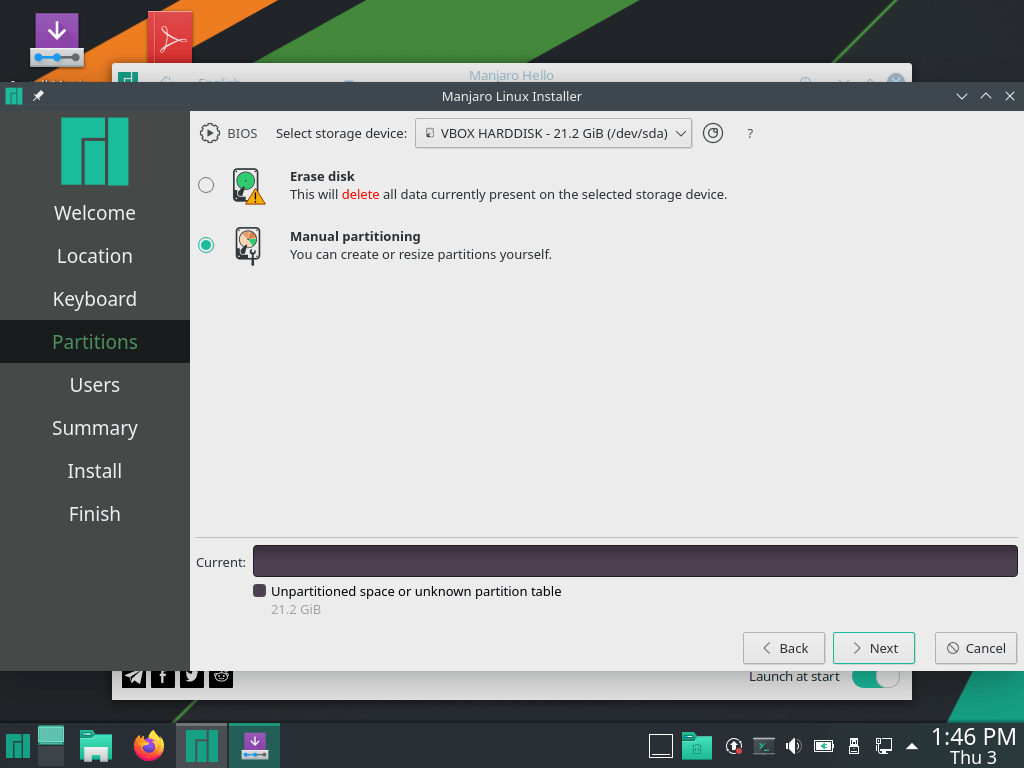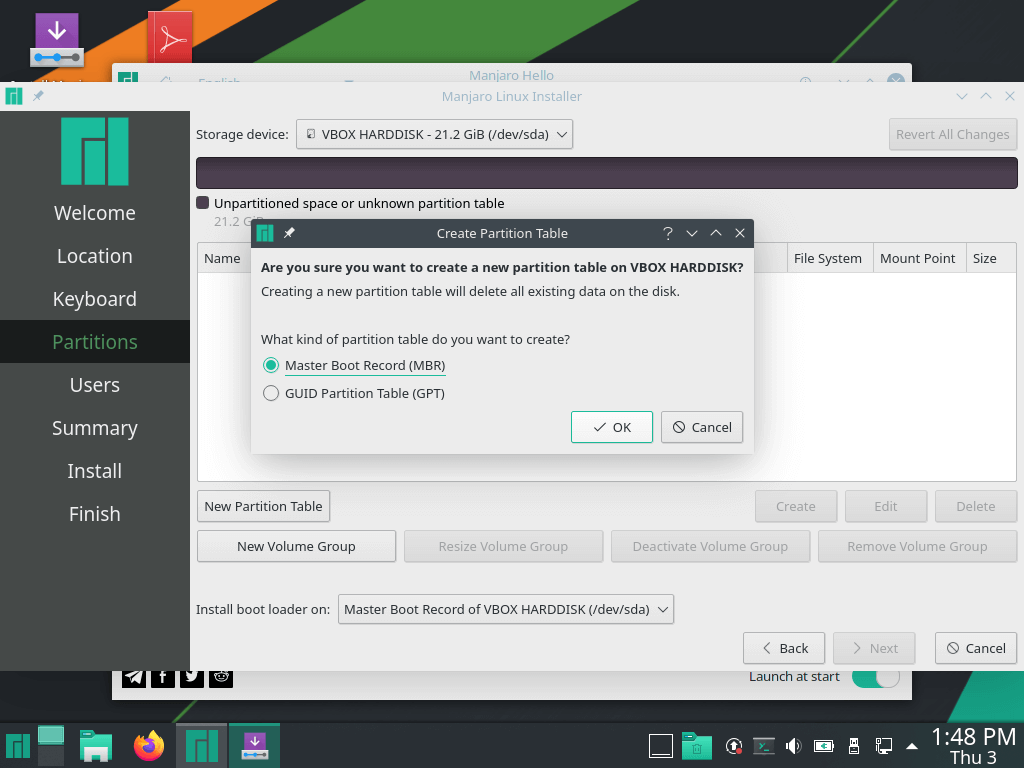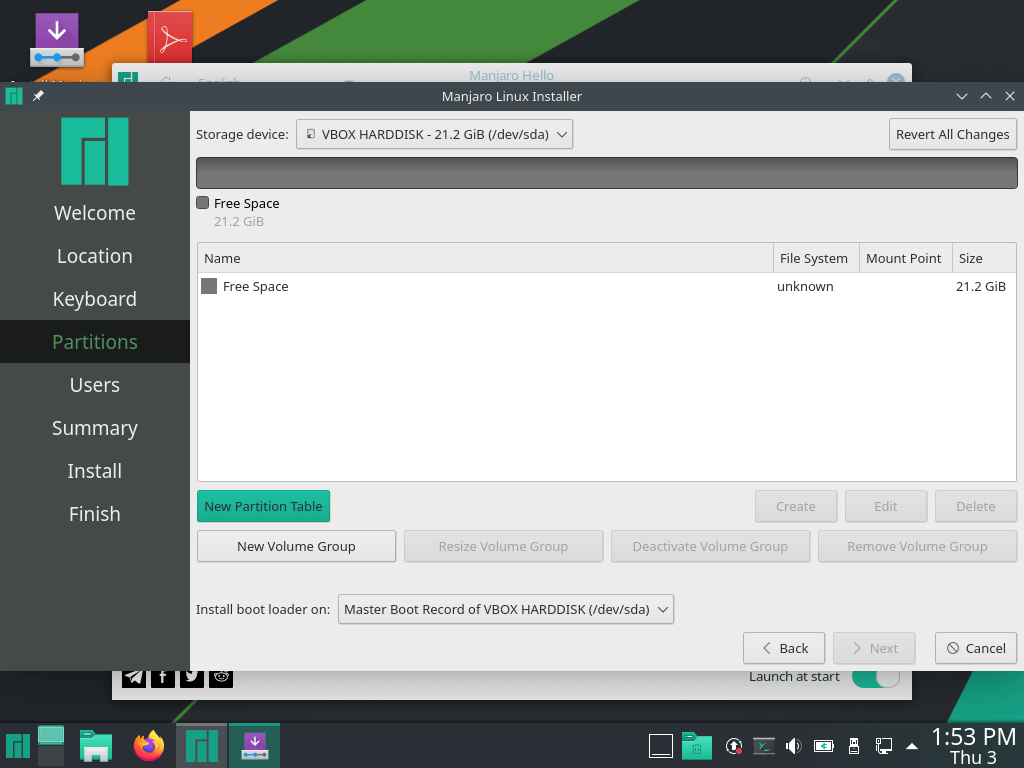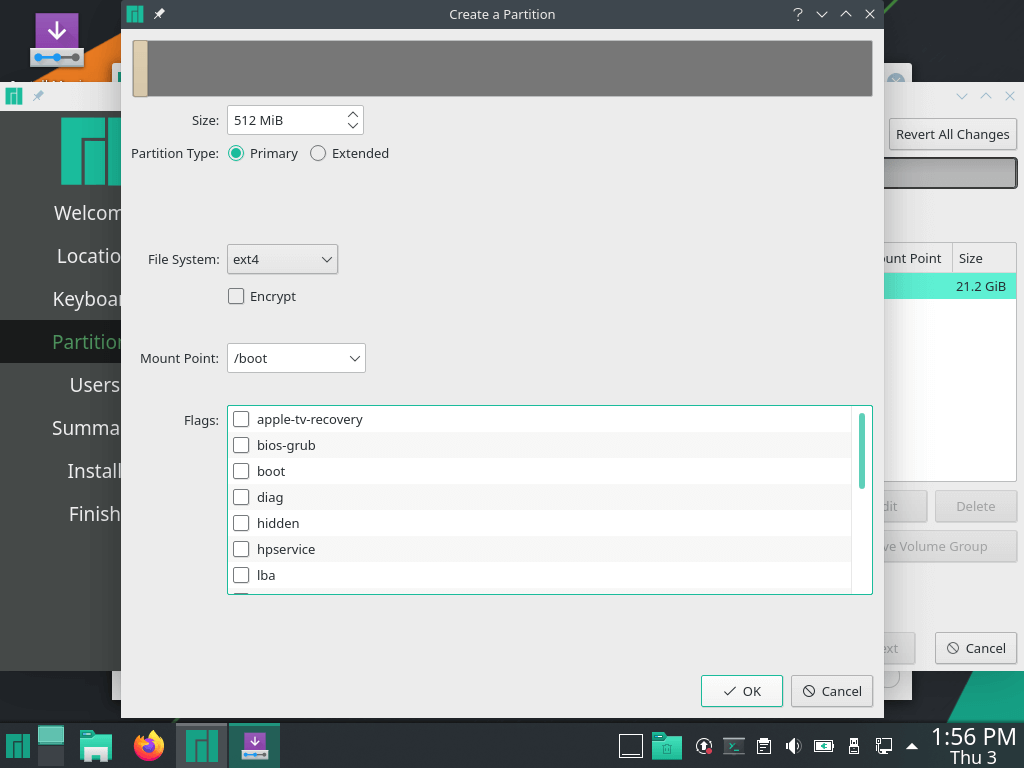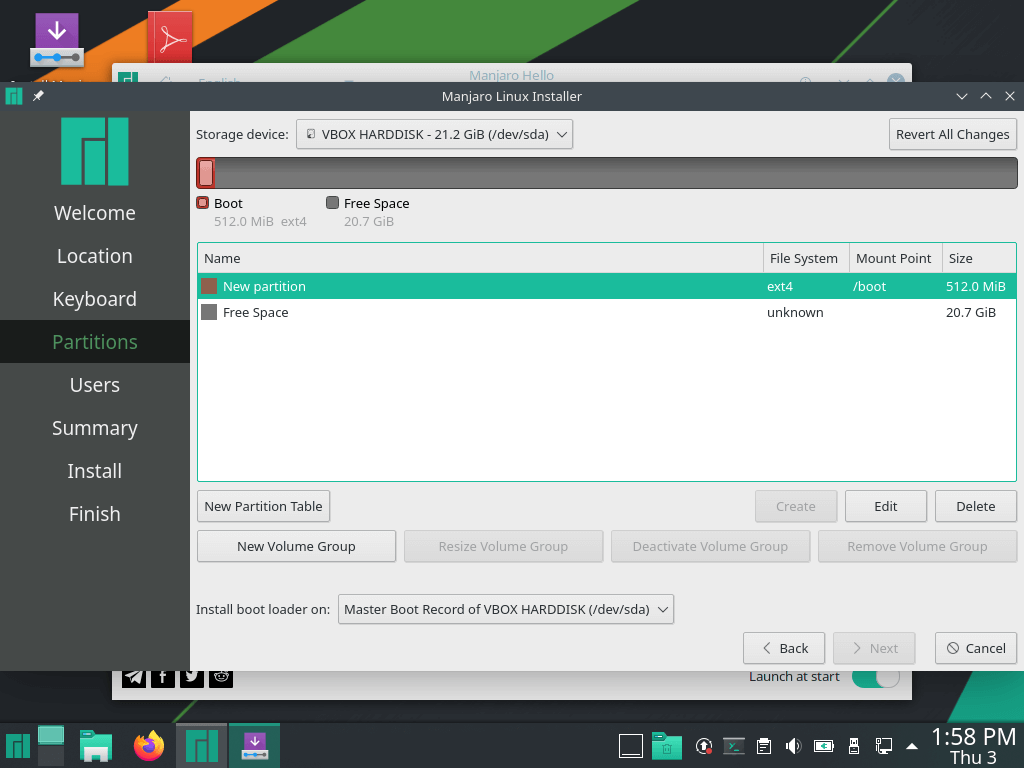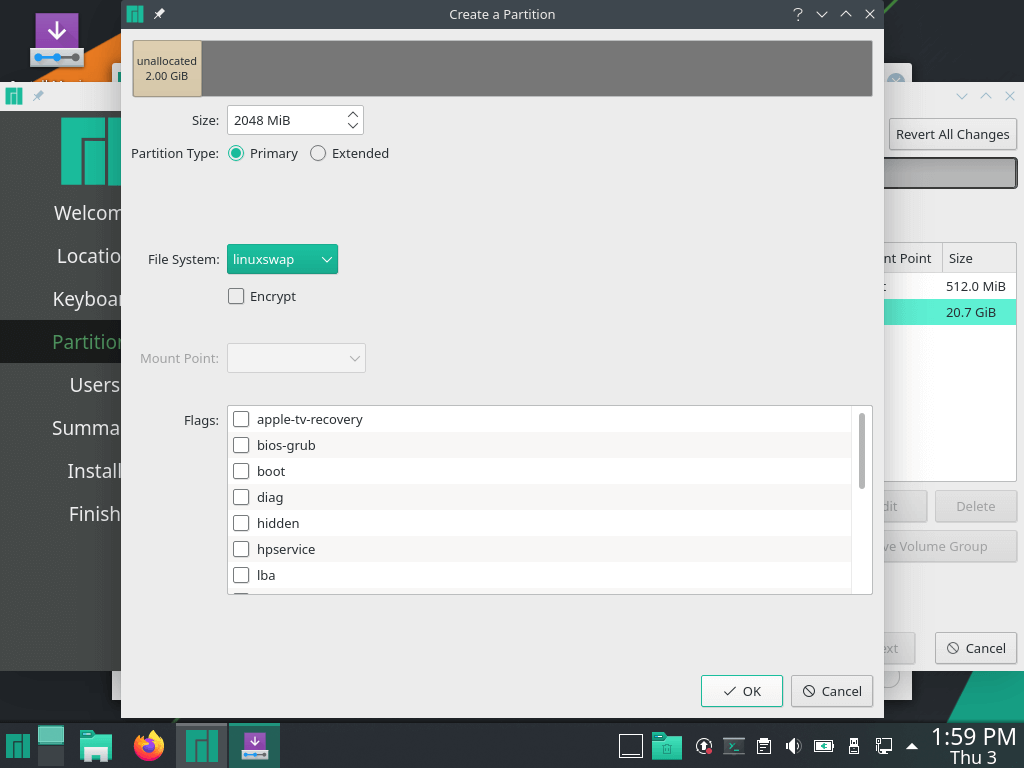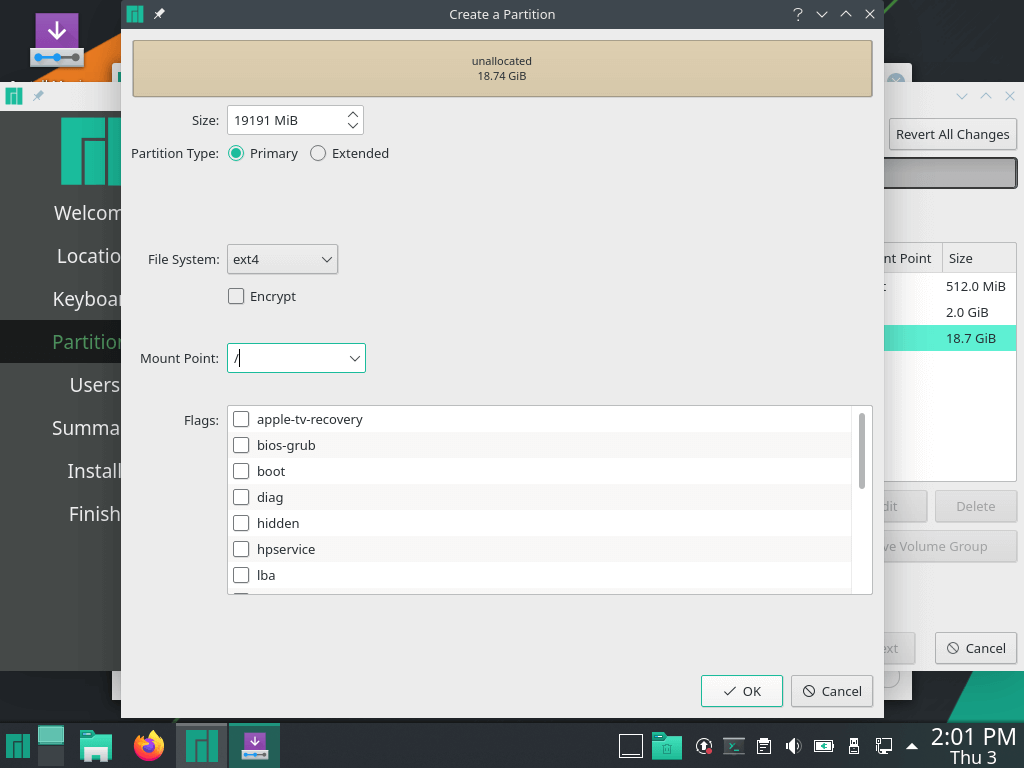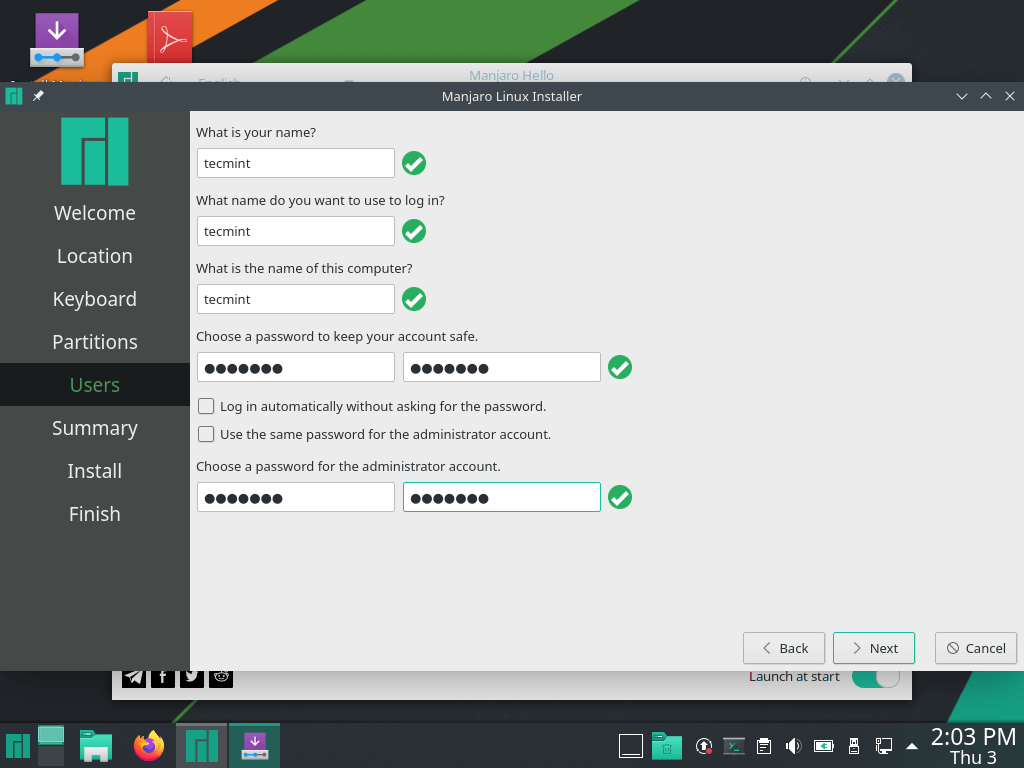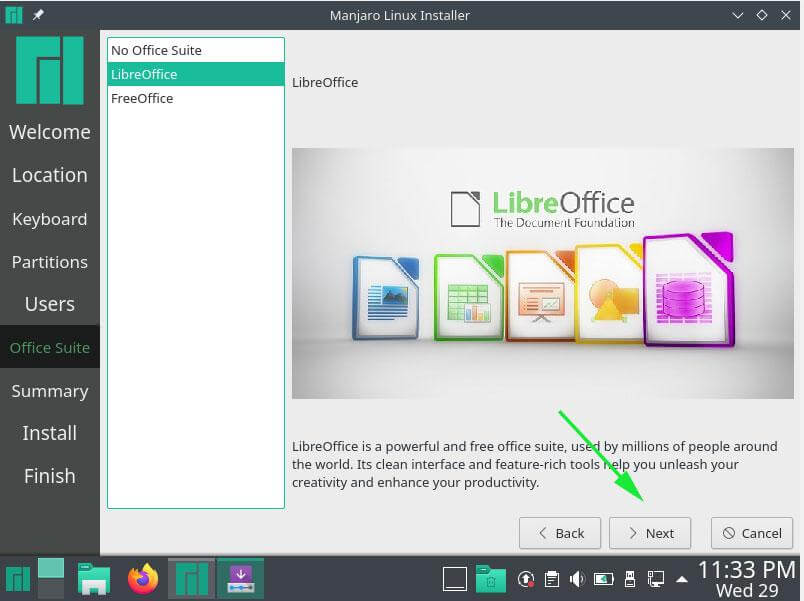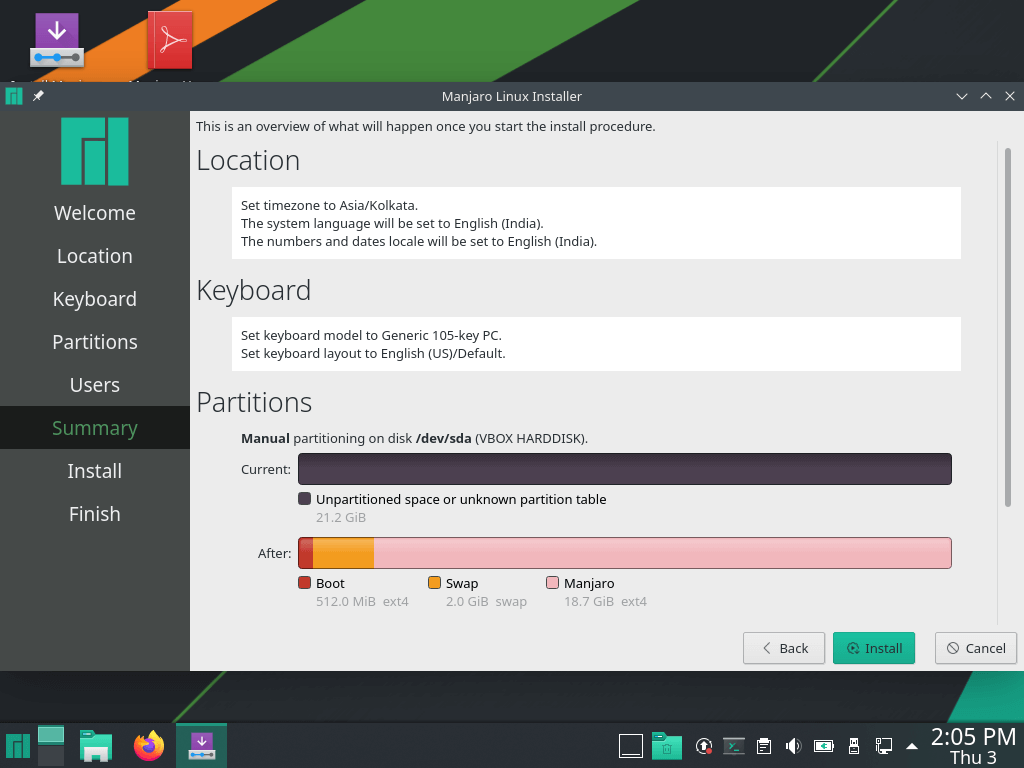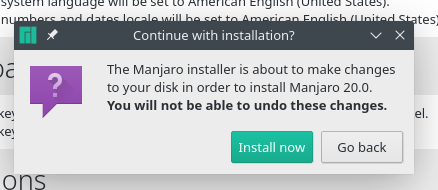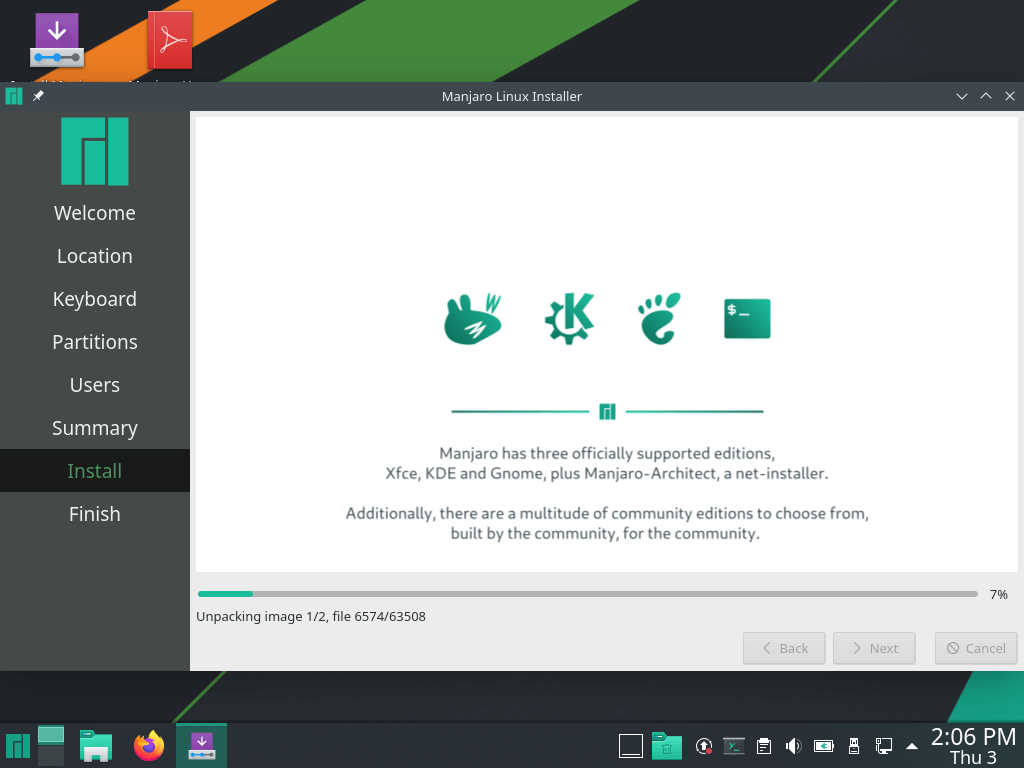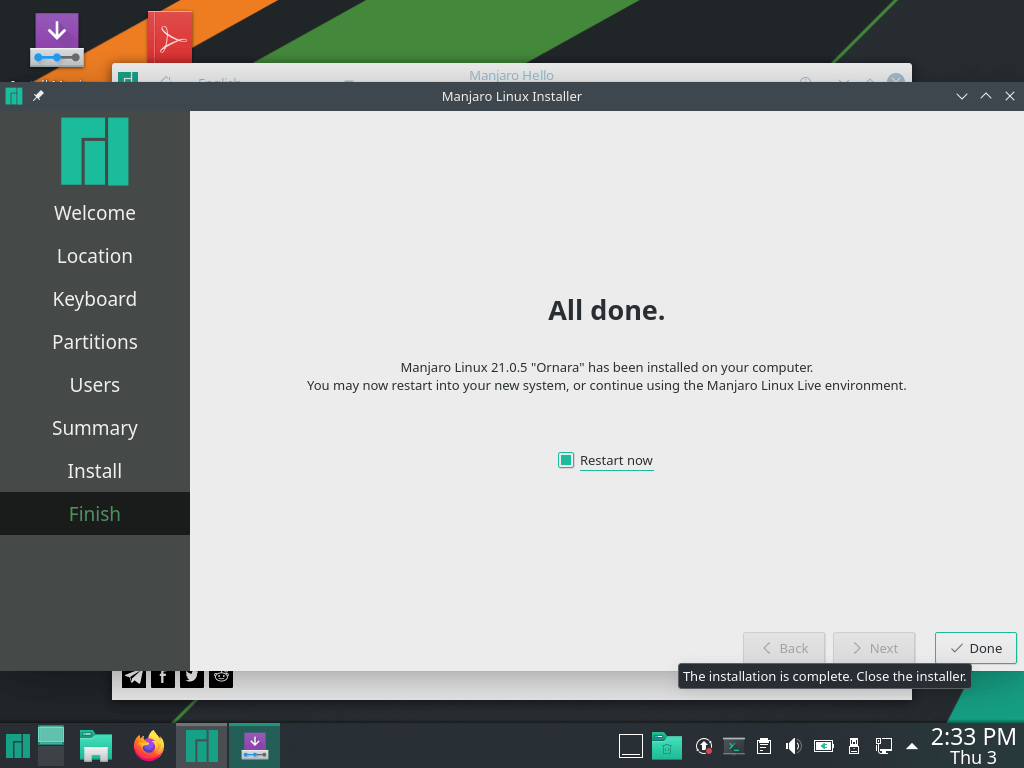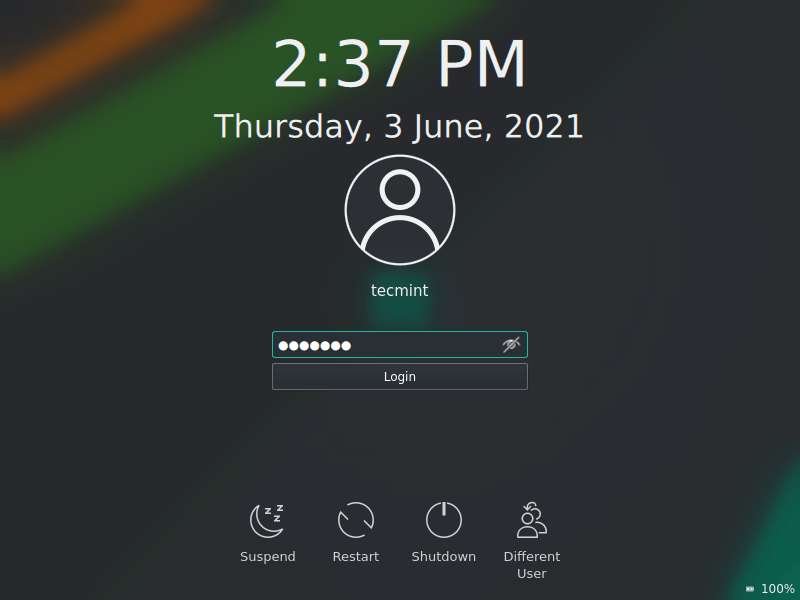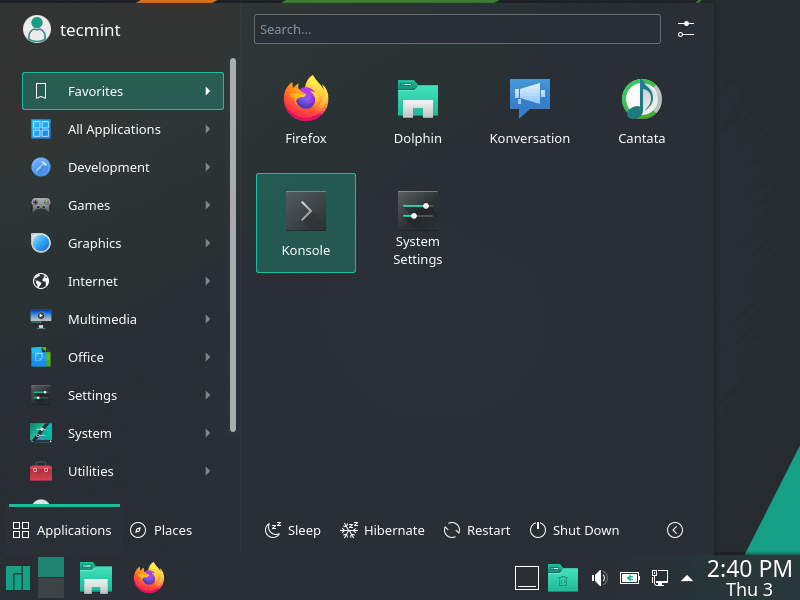Manjaro 20.0, also codenamed Lysia, was released on April 27th, 2020. This comes only 2 days after the release of the much-awaited Ubuntu 20.04 LTS, codenamed Focal Fossa after the Madagascar Feline creature.
Manjaro 20.0 ships with impressive improvements such as:
- Linux Kernel 5.6
- A brand new theme – Matcha theme – with polished icons & overall UI.
- Improved flatpak and Snap package support.
- ZFS file system support in Manjaro Architect.
- Latest drivers.
This guide will walk you through a step-by-step procedure of how to install Manjaro 20.0 Linux distribution. As you might know, Manjaro is available for download in 4 different desktop environments: XFCE, KDE Plasma, GNOME, and Architect.
In this guide, we will demonstrate the installation of Manjaro using the KDE-Plasma desktop environment.
Manjaro System Requirements
For satisfactory user experience, it’s recommended that your PC satisfies the following minimum requirements:
- 2GB RAM
- 30 GB of Hard disk space
- Minimum of 2 GHz processor
- HD graphics card and monitor
- A stable internet connection
Download Manjaro ISO Images
You can download your preferred Manjaro ISO Edition from Manjaro’s official website.
Additionally, ensure that you have a bootable USB stick of Manjaro 20.0, you can use the Rufus tool to make your USB or pen drive bootable using the downloaded ISO file.
Installing Manjaro 20.0 (KDE Edition) Desktop
After making your USB drive bootable, plug it in your PC and reboot your system.
Booting Manjaro Linux
1. While booting, make sure that you tweak the boot priority in the BIOS settings to boot from your installation medium first. Next, save the changes and continue booting into the system. Upon booting, you will be greeted by this screen:
2. Shortly thereafter, the screen below will be displayed. You will get enough documentation and support links that will help to acquaint you further with Manjaro OS. But since we are only interested in the installation of Manjaro 20, we will click on the ‘Launch Installer’ button.
Select System Language
3. The next screen requires you to select your preferred system language. By default, this is set to American English. Select the language you are most comfortable with and click the ‘Next’ button.
Select the Timezone
4. If you are connected to the internet, the installer will automatically detect your region and time zone on the world map. If you are comfortable with the selection, hit ENTER. Else, feel free to set your region and zone as you deem fit.
Select Keyboard Layout
5. On the next step, select your preferred Keyboard layout and click ‘Next’.
Partition Hard Disk
6. This step requires you to partition your hard drive before the installation can begin. You are presented with 2 options: Erase Disk and Manual partitioning.
The first option comes in handy if you want the system to automatically partition the hard disk for you. This option is suitable for beginners or users who are not confident in manually partitioning the hard drive
The second option – Manual partitioning – gives you the flexibility of manually creating your own disk partitions.
For this guide, we are going to opt for the ‘Manual partitioning’ selection and create the disk partitions ourselves.
7. Then choose the partition table format. Here, you are presented with either the MBR or GPT formats. If your motherboard supports the UEFI system, (Unified Extensile Format), select the GPT option. If you are using a Legacy BIOS system, select MBR and then hit ‘Next’.
Using the free space, we will create 3 quintessential partitions with memory allocation as shown:
- /boot partition – 2048MB
- swap partition – 4055MB
- /root partition – 9600MB
Creating Boot Partition
8. To create the boot partition, click on the ‘New Partition Table’ button and the pop-up window will be displayed as shown. Follow the steps shown. Specify the memory size of your partition, file system type, and mount point and click ‘Ok’.
The partition table now looks as shown below. A careful look shows that the boot partition is now created and also some remaining free space.
Create a Swap Partition
9. To create swap space, again, click on the ‘New Partition Table’ button and follow the steps shown. Notice that when you select the file system as ‘LinuxSwap’ the mount point is grayed out and cannot be created.
This is because Swap is a virtual memory space that is used when the main memory begins to get used up and not a mount point that can be used for data storage.
Create Root Partition
10. With the remaining free space, now create the root partition.
Create a User Account
11. In the next step, create a regular user account by providing account details such as the username, password as well as the root password. Provide all the required details and hit ‘Next’.
Install the Office Suite Application
12. This step requires you to select an Office suite application of your choice between LibreOffice and FreeOffice. Select on and click ‘Next’.
Manjaro Installation Summary
13. The next step gives a summary of all the settings that you have made from the start. It’s prudent to take your time and ensure all is well. If all sits well with you, click the ‘Install’ button. If you need to make a few changes, click on the ‘back’ button.
Begin Manjaro Installation
14. Upon clicking on the ‘Install’ button, a pop-up will be displayed, prompting you to proceed with the installation. Click on ‘Install now’. Also, if you have any misgivings about going forward and perhaps you need to have a look at something, hit ‘Go back’
15. Thereafter the installation will commence, with the installer creating the system partitions, installing all the software packages, and the grub bootloader.
16. Once the installation is complete, you will be prompted to reboot the system as shown.
17. Your system will reboot presenting you with the screen below. Provide your login details and click on the ‘Login’ button.
18. This ushers you into Manjaro 20’s desktop as shown below. You can now enjoy the new look theme and features that ship with the latest release.
And this brings us to the end of our topic today on the installation of Manjaro 20.0. Feel free to send us some feedback in case of any clarification.

